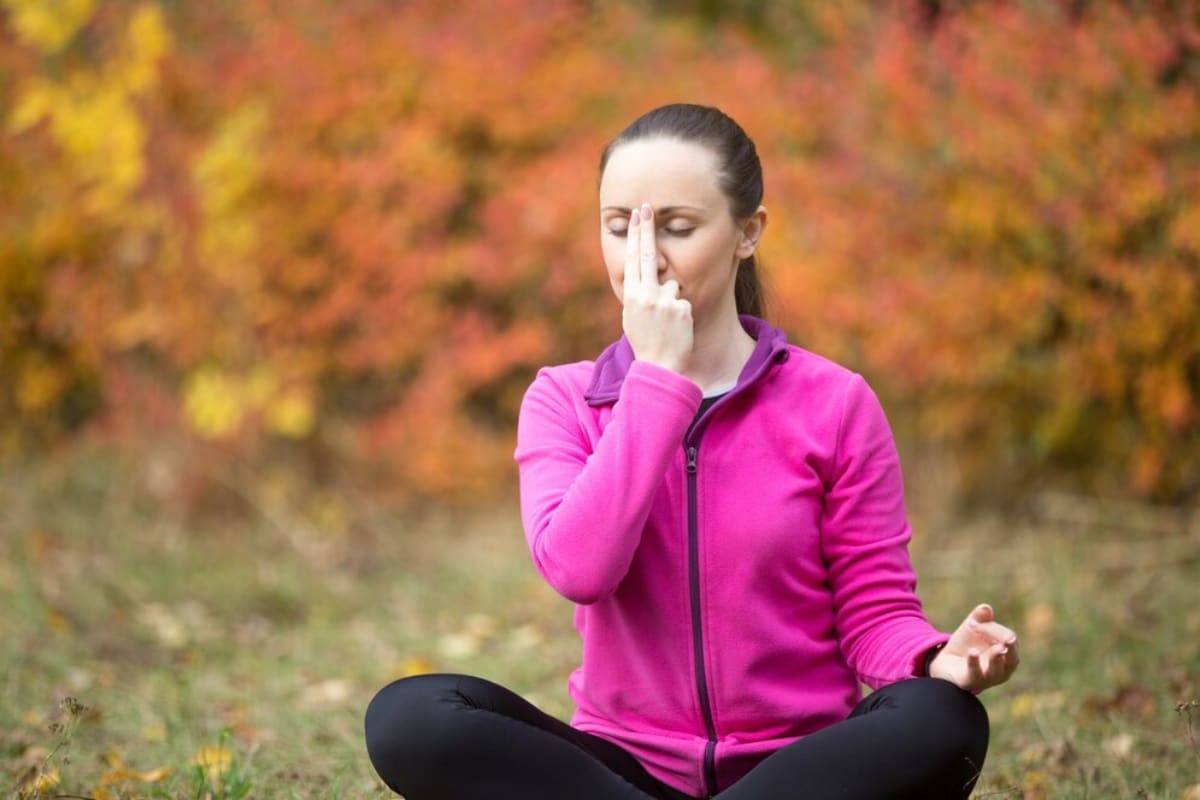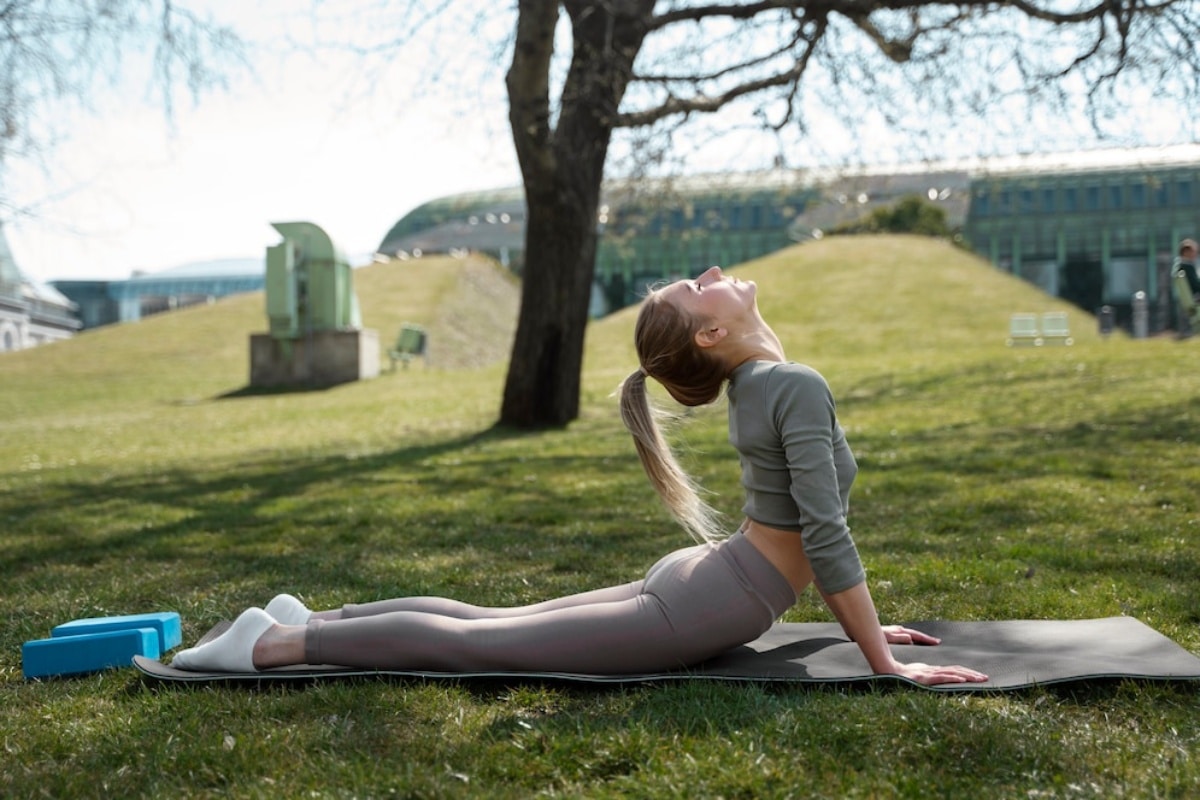
Mindful Outdoor Activities for Stress Reduction
When stress builds up, many of us instinctively head outdoors—and for good reason. Nature offers a calming space where we can breathe more deeply, move more freely, and feel more grounded. Whether it’s a quiet walk or an hour spent gardening, mindful activities in fresh air have a unique way of restoring our mental balance.
In this guide, we explore outdoor practices that support stress relief, encourage mental clarity, and foster a deeper sense of wellness—without needing special equipment, gym memberships, or hours of free time.
Why Mindfulness and Nature Work So Well Together
Mindfulness means paying attention to the present moment without judgment. When combined with time outdoors, it becomes a powerful antidote to anxiety, overwhelm, and emotional fatigue.
Here’s why outdoor mindfulness is so effective:
- Natural settings reduce cortisol (the stress hormone)
- Gentle movement improves blood flow and mood
- Sunlight supports vitamin D levels, boosting energy
- The brain relaxes when exposed to soothing natural patterns and sounds
Together, nature and mindfulness create a gentle space to slow down, release tension, and reconnect with ourselves.
1. Nature Walks with Intentional Awareness

A walk outdoors is simple—but when you bring awareness to your body and surroundings, it becomes a mindful practice.
How to do it:
- Leave your headphones behind
- Walk slowly, paying attention to each step
- Notice what you can see, hear, smell, and feel
- If your mind wanders, gently bring it back to your senses
You don’t need to reach a destination. The point is to move with presence. This is one of the easiest stress relief techniques to fit into any schedule.
2. Grounding or “Earthing” Practice
Grounding means making direct contact with the earth—through bare feet, sitting on grass, or even lying on the ground. Studies suggest this may reduce inflammation, support sleep, and calm the nervous system.
How to do it:
- Find a clean, grassy or sandy area
- Remove shoes and socks
- Stand, sit, or lie down for 5–15 minutes
- Focus on the sensation of earth beneath you and your breath
This tactile connection with the ground helps regulate energy and can leave you feeling more centred and calm.
3. Outdoor Breathing Sessions

Breath is a natural anchor for mindfulness—and when practised outdoors, the experience becomes even more grounding.
How to do it:
- Sit or stand somewhere comfortable
- Inhale deeply through the nose for 4 seconds
- Hold for 4 seconds
- Exhale slowly through the mouth for 6 seconds
- Repeat for 3–5 minutes
Try syncing your breath with natural elements—waves, wind in the trees, or birdsong—to deepen the effect.
4. Gardening as Active Meditation
Gardening combines movement, sensory awareness, and a connection to natural rhythms. It’s a physical task that naturally encourages mindfulness.
Benefits include:
- Focused attention on simple tasks (weeding, planting, watering)
- Time away from screens and overstimulation
- Satisfaction from nurturing growth and beauty
Even tending to potted plants on a balcony or window box can become part of your outdoor wellness routine.
5. Outdoor Journaling with a Sensory Focus
Mindful journaling outdoors blends observation and reflection. It encourages you to slow down and notice the world in a more detailed, present way.
How to try it:
- Sit in a quiet outdoor space
- Write down what you observe with your senses—colours, scents, textures, sounds
- Reflect on how these surroundings affect your thoughts and feelings
- Keep your writing unstructured and free-flowing
This creates a record of calm moments you can revisit during more stressful times.
6. Outdoor Yoga or Stretching

Practising yoga or basic stretches outside creates a deeper sense of freedom, space, and connection with your body.
Tips for practice:
- Use a yoga mat, towel, or soft grass
- Choose slow, flowing movements (like sun salutations or gentle hip openers)
- Sync your breath with each movement
- Focus on how your body feels, not how it looks
This is a dynamic form of mindfulness that can leave you feeling strong, supple, and centred.
7. Forest Bathing (Shinrin-yoku)
Originating in Japan, forest bathing means immersing yourself in the atmosphere of the woods—not hiking for fitness, but slowing down to absorb the energy of trees.
How to do it:
- Find a quiet forest or tree-filled park
- Walk slowly, without a destination
- Pause often to touch bark, smell leaves, and listen to birds
- Stay for at least 20 minutes to gain full benefits
This practice has been linked to reduced heart rate, lower blood pressure, and improved mood.
8. Outdoor Creative Practices (Drawing, Photography, Crafting)
Creative expression in natural surroundings offers a break from mental loops and re-engages the senses in playful ways.
Ideas to try:
- Sketch leaves, flowers, or landscapes
- Take close-up nature photos with your phone
- Make leaf prints, stone patterns, or natural collages
The act of creating—even something small—can be deeply soothing and fulfilling.
9. Watching the Sky (Cloud Gazing or Stargazing)
Looking up—literally—can shift your mental state, invite perspective, and help you slow your thoughts.
Cloud gazing (day):
- Lie on your back or sit in a reclined position
- Watch the movement and shapes of clouds
- Let your thoughts drift gently without holding onto any
Stargazing (night):
- Find a dark outdoor space
- Sit quietly and observe stars or the moon
- Breathe slowly and let the vastness calm your mind
This simple activity offers a reminder of space and stillness beyond the rush of daily life.
10. Mindful Cycling or Outdoor Flow Activities
If you enjoy movement, consider turning your outdoor workouts into mindful flow sessions. This includes cycling, paddling, or even skating—with a focus on rhythm and breath.
How to make it mindful:
- Move at a steady pace
- Stay aware of your surroundings, sounds, and sensations
- Notice the breeze, your breath, and the rhythm of motion
- Avoid distractions like music or podcasts
This approach can be both energising and meditative, offering a mental reset with physical benefits.
How to Create a Consistent Outdoor Wellness Routine
A few mindful minutes outdoors every day can significantly reduce stress and improve your outlook. You don’t need hours—just intention.
Start with this simple weekly plan:
| Day | Activity |
| Monday | Nature walk with breath awareness |
| Tuesday | Outdoor journaling session |
| Wednesday | Gentle yoga in the garden or park |
| Thursday | Grounding barefoot session |
| Friday | Cloud gazing or forest bathing |
| Saturday | Mindful photography walk |
| Sunday | Gardening or outdoor creativity |
Mix and match based on your mood and time. The goal is not performance—it’s presence.
Final Thoughts: Slow Down to Feel Better
In a fast-paced world, nature offers us a quiet invitation to slow down. Mindfulness turns that moment into medicine. Whether it’s 10 minutes in the garden or a full hour beneath the trees, these mindful activities create space to breathe, soften, and reconnect.
Stress isn’t something you have to carry alone. Through outdoor wellness practices, you can find calm in movement, joy in stillness, and relief in simply being. Step outside, slow your pace and let nature support your journey back to balance.